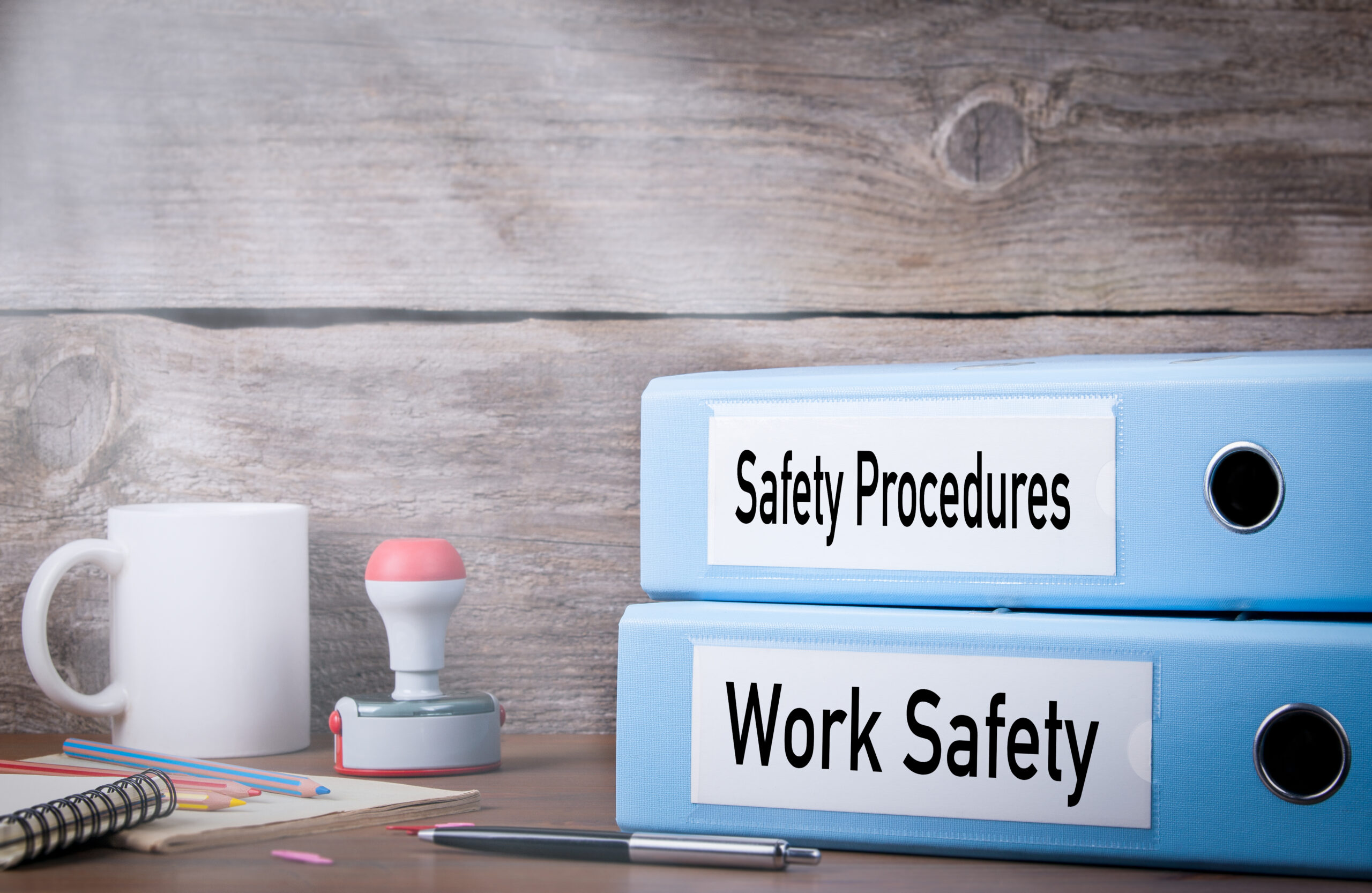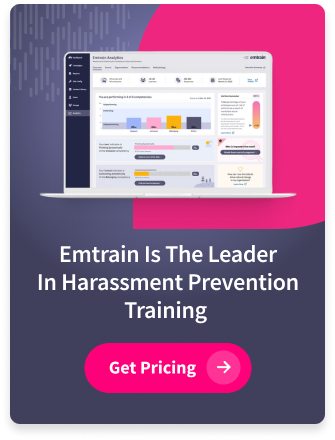 California Senate Bill 553 (SB 553) is set to revolutionize workplace safety standards by mandating comprehensive measures for preventing workplace violence. With the law currently in effect, and a compliance deadline of July 1, 2024, it’s essential for employers and employees alike to understand its requirements and implications. This blog post covers some SB 553 FAQs and provides practical guidance on how to comply with its mandates.
California Senate Bill 553 (SB 553) is set to revolutionize workplace safety standards by mandating comprehensive measures for preventing workplace violence. With the law currently in effect, and a compliance deadline of July 1, 2024, it’s essential for employers and employees alike to understand its requirements and implications. This blog post covers some SB 553 FAQs and provides practical guidance on how to comply with its mandates.
SB 553 FAQs
The following is a list of common questions people within the Emtrain support community have asked about SB 553. These are questions we hear in meetings with clients, asked in our various webinars about SB 553, and questions submitted through our ‘Ask the Expert’ in-course feature. These common SB 553 FAQs will help with understanding the law and how to comply.
What is California SB 553?
SB 553 is a California law requiring employers to implement measures to prevent workplace violence. This includes developing a Workplace Violence Prevention Plan (WVPP), conducting employee training, and maintaining detailed records of any incidents of workplace violence.
Who Needs to Comply with SB 553 California?
The majority of California employers must comply with SB 553. Exceptions include:
- Employers with fewer than ten employees who are not open to the public.
- Employees who are teleworking from a location not under the employer’s control.
- Certain public entities and healthcare facilities that have their own rigorous standards.
What is a Workplace Violence Prevention Plan (WVPP)?
A WVPP is a written document that outlines the procedures and policies for preventing workplace violence. It must include:
- Identification of responsible individuals.
- Methods for identifying and evaluating workplace hazards.
- Procedures for correcting unsafe conditions.
- Employee training programs.
- Systems for communicating with employees about safety issues.
- Processes for reporting incidents without fear of retaliation.
What Kind of Training Does SB 553 Require?
SB 553 mandates that employers provide workplace violence prevention training that is:
- Effective and accessible to all employees.
- Tailored to the specific roles and risks within the organization.
- Conducted in a language and vocabulary relevant to the workforce.
What Needs to Be Included in the Training?
The training must cover:
- Overview of the company’s WVPP.
- Procedures for obtaining a copy of the WVPP.
- How employees can participate in the development and implementation of the WVPP.
- Definitions of workplace violence and legal requirements.
- Reporting procedures for workplace violence.
- Identification of workplace violence hazards specific to job roles.
- Current preventive measures.
- Strategies for avoiding harm during violent incidents.
- Information about the violent incident log and how to access it.
- An interactive Q&A session with a knowledgeable individual about the WVPP.
When Does the Training Need to Be Conducted?
Training must be conducted:
- No later than July 1st, 2024.
- Initially, when the WVPP was first created.
- Annually, as part of ongoing training.
- Update the training whenever the WVPP changes or you identify new workplace violence hazards.
What Kind of Records Must Be Kept?
Employers are required to maintain records of all training sessions, including:
- Dates of the training.
- Content or summary of what was covered.
- Names and qualifications of trainers.
- Names and job titles of attendees.
In addition, keep these records for at least one year and make them available for examination upon request.
What Are the Penalties for Non-Compliance?
Non-compliance with SB 553 can result in fines ranging from $18,000 to $25,000 per violation. In other words, the severity of fines depends on factors such as the nature of the violation, the size of the business, previous safety records, and efforts to correct the violation.
Practical Guidance for Complying with SB 553
Here are steps to help ensure compliance with SB 553:
- Develop a Tailored WVPP: Create a detailed WVPP that addresses the specific risks and challenges of your workplace.
- Conduct Comprehensive Training: Ensure that all employees receive training that is relevant, accessible, and thorough.
- Maintain Detailed Records: Keep meticulous records of all training sessions, incident reports, and WVPP updates.
- Foster Open Communication: Encourage employees to report potential hazards and
- concerns without fear of retaliation.
- Stay Informed: Regularly check for updates from Cal/OSHA and other regulatory bodies to ensure ongoing compliance.
- Seek Expert Assistance: Consider partnering with compliance experts or training platforms like Emtrain to streamline the process.
By understanding and implementing the provisions of SB 553, businesses can create safer work environments, avoid hefty fines, and foster a culture of safety and well-being for all employees.
For more detailed information and resources, consult the full text of SB 553 and stay updated on any additional guidelines issued by Cal/OSHA.









